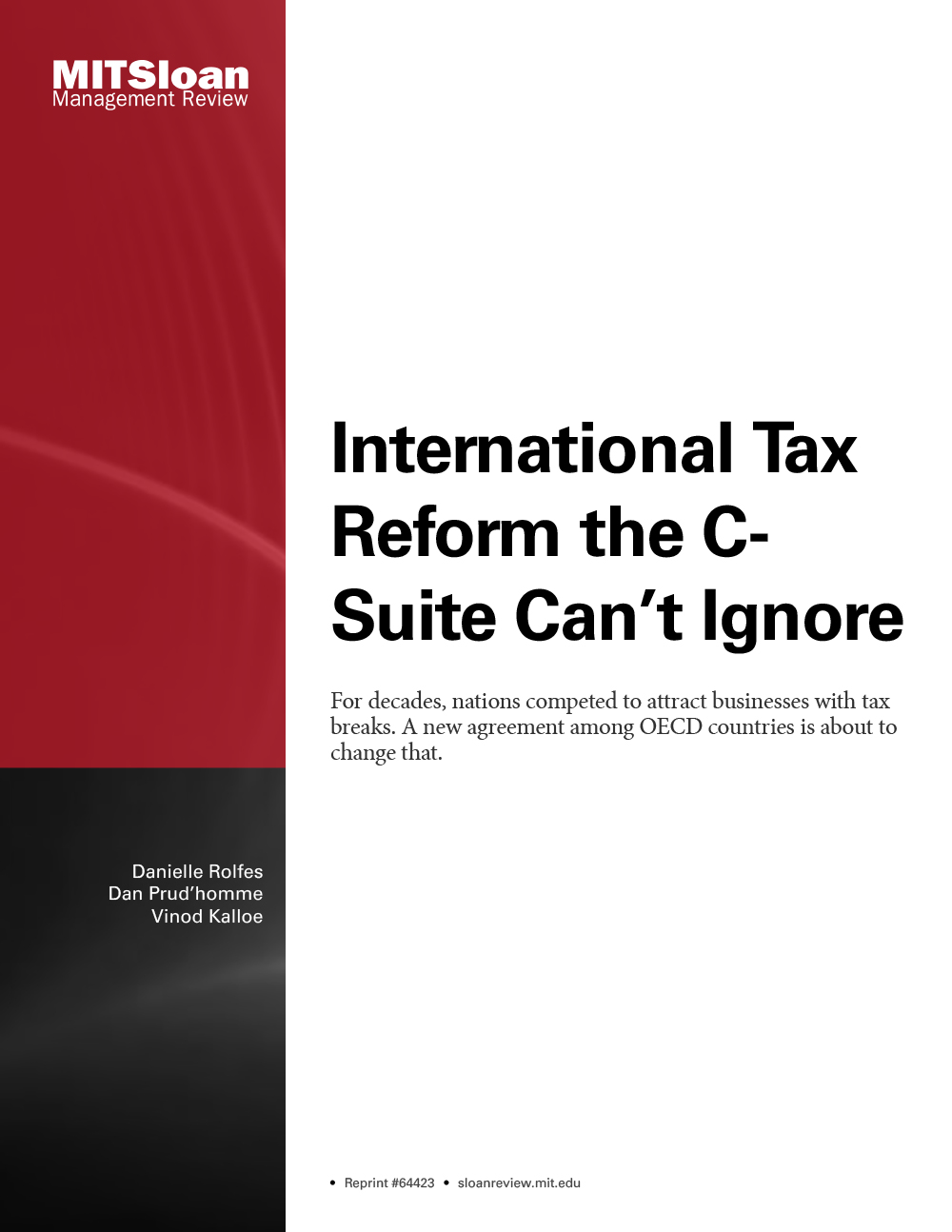Bed Bath & Beyond’s bankruptcy exposes the perils of focusing on financials at the expense of customer value creation.
Strategy
Uncertainty is the new constant — leaders must be able to power through. Unlock adaptable, innovative strategies for building competitive advantage.
Page 6 of 54










